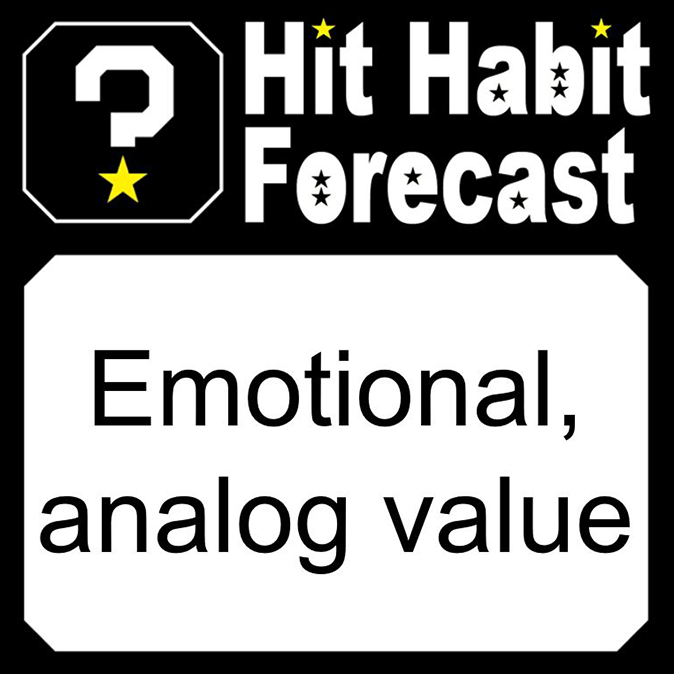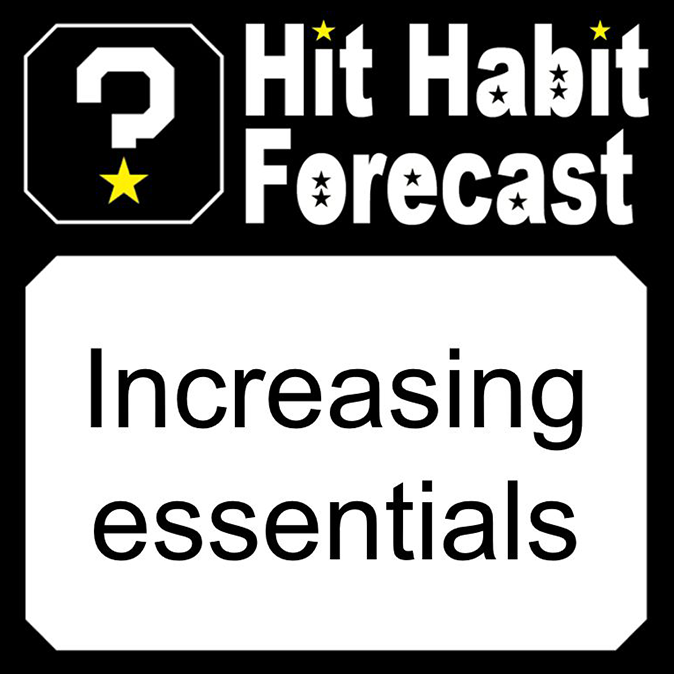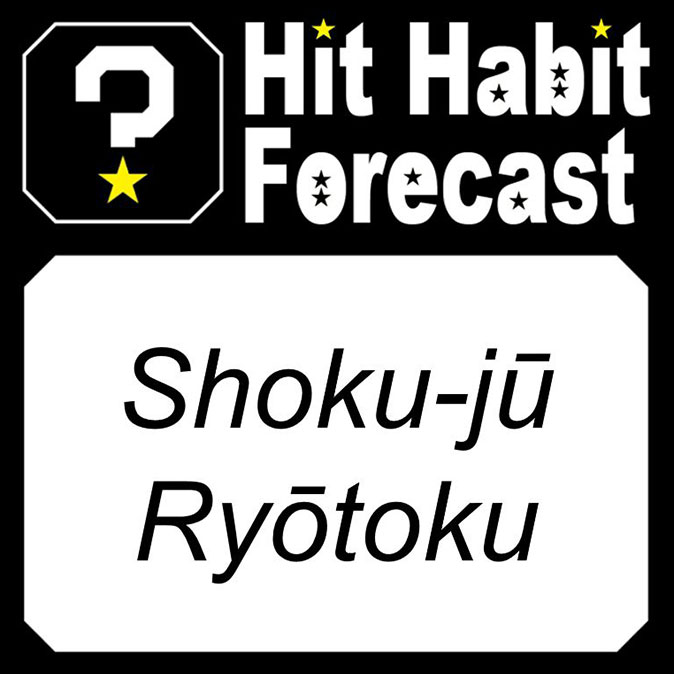- Viewpoints
Hit Habit Forecast is a regular column of the Hit Habit Makers, a group of young planners at Hakuhodo HQ that gamely stood up to say they were going to create hit habits—not hit products—as consumption shifts from purchasing things to purchasing experiences. Analyzing social media accounts and purchasing data of highly sophisticated users and conducting analysis on popular articles, etc. in a variety of media that have their fingers on the pulse of social trends: this is the bold, new challenge of forecasting hit habits that are about to break.

Hello. I’m Koji Suzuki of the Hit Habit Makers.
Life in Tokyo has regained some semblance of normality lately. But things remain unpredictable, and we’re going to have to continue experimenting with new lifestyle habits for some time yet as we tentatively seek to adapt to the present situation.
One example is dining and working as much as possible out in the open air, such as on the terrace of a restaurant or coffeeshop. Even communities and local authorities have been teaming up to foster the practice. That is the new habit we’ll be focusing on in this installment: life on the terrace.
Take a look at the graph below. Searches for “terrace seating” surged in Japan this June and have remained high ever since. I wondered at first whether that was purely for seasonal reasons, since it’s pleasant to sit outside when the weather gets warmer. I therefore also did a search for the entire period since June of last year, but last year there was only a slight bump. So this year’s spike in searches for “terrace seating” is indeed remarkable.
Searches for “terasu seki” (terrace seating)
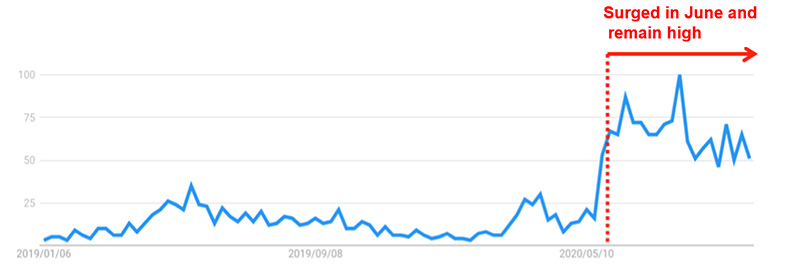 Source: Google Trends
Source: Google Trends
Further investigation revealed that there was in fact a major move to encourage “life on the terrace” around this time. In June, to combat COVID-19, the Japanese Ministry of Land, Infrastructure, Transport and Tourism relaxed the approval criteria for businesses wishing to use road space to provide takeout or operate a terrace. That enabled many restaurants and bars to offer terrace seating temporarily (but only on weekends from noon to 9:45 p.m.).
To digress for a moment, Paris is of course famed for its café terraces, and immediately following the lockdown in the Greater Paris area, cafés and restaurants were only permitted to offer terrace seating. Hence terrace seating can be expected to have some effect in controlling COVID-19.
Here are some of the comments that actual users of terrace seating have made on social media:
“I’m still scared about eating out, so I either ask for a private room or sit on the terrace.”
“It’s a refreshing experience, since I’ve spent so long at home.”
“I’ve been sitting out on the terrace a lot lately, since I can bring my pet.”
“It doesn’t bother me when the kids get noisy.”
As these comments reveal, many people have discovered that terrace seating has other advantages besides protecting against COVID-19. You can feel free to bring your pet or your kids, for example.
It’s also significant that since the regulations were relaxed, not only individual establishments but also communities and local authorities have been jumping on the bandwagon. One town, for instance, organized an event with input from local businesses and organizations, with the local community development association and volunteers from the neighborhood serving as the executive committee. For this event part of the street was closed to traffic in order to provide space for terrace seating, which people could use to enjoy takeout purchased from nearby restaurants and bars. The event proved such a hit that it was held several times.
In another city, under the Machinaka (Midtown) Terrace initiative spearheaded by the municipal government, terraces have been set up all over the town center in a bid to revive economic activity. This is not a one-off event but a permanent arrangement. Now people can leisurely enjoy a meal or drink while seated outside the restaurant on the sidewalk. A map of participating restaurants and bars is available, and the commercial district is now attracting a fresh stream of visitors.
The very townscape, then, is gradually being transformed as not just individual restaurants but also communities and entire local authorities get behind the “life on the terrace” trend.
“Life on the terrace,” incidentally, isn’t restricted to eating and drinking. One of my senior colleagues at the office virtually always telecommutes from somewhere other than home, and he looks so comfortable I have to envy him. That too is “life on the terrace” in the broad sense of the term. In one place in Japan, tables have been laid out in part of a paid parking lot to provide coworking space under the open sky. If “life on the terrace” catches on, it can be expected to spread beyond dining and work to embrace many other activities as well.
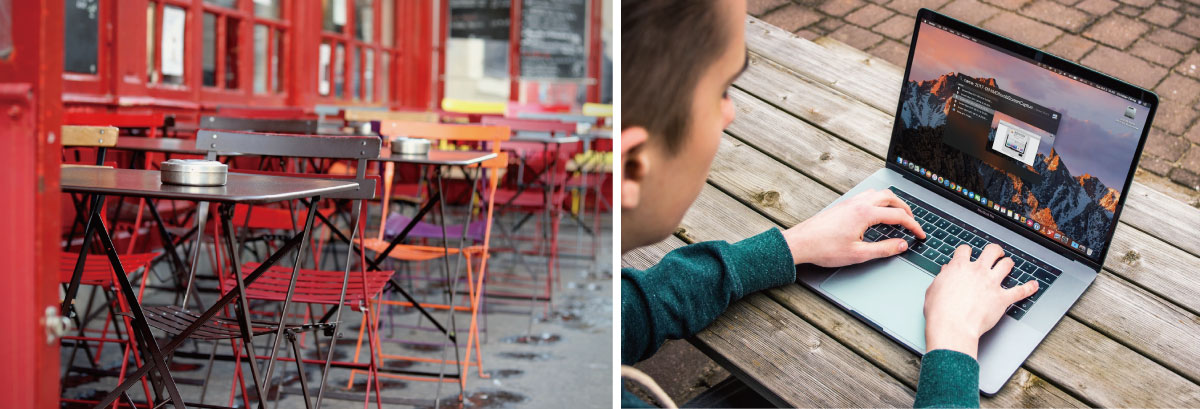
Thus, a change in national government systems and rules can lead to significant changes in people’s habits—an interesting discovery for me as an investigator of hit habits.
The infrastructure ministry’s special measure relaxing the approval criteria for occupying road space is to expire on November 30 of this year. What with the continuing unpredictability of the COVID situation and the popularity of terrace seating, there have been a lot of calls for the measure to be extended. If it is, new business opportunities could emerge as a result.
Examples of business opportunities offered by “life on the terrace”
■ Cinema on the terrace: Watch a movie seated on the terrace under the open sky, drink in hand.
■ Laundromat on the terrace: Don’t want to put your clothes in the dryer at one those fancy laundromats that are popular these days in Japan? Dry them in the sun on the laundry’s terrace while taking a break.
■ Ping-pong izakaya on the terrace and “Terrace Towns”: Have a drink on the terrace while getting in a quick game or enjoying some light entertainment.
And so on.
The other day I had the opportunity to sit out on the terrace of a certain eatery with my family. It certainly felt great to be outdoors, maybe because we’d been stuck at home for so long. Even the conversation somehow seemed more animated than usual. The pandemic has certainly cramped everyone’s style this year, and it’s been a distressing experience. But even in times like these, I’d still love to be able to help set new cultural trends and create new habits that make a positive difference. So I’m hoping the terrace culture is here to stay.

Integrated Planning & Creative Division
Hakuhodo Inc.













